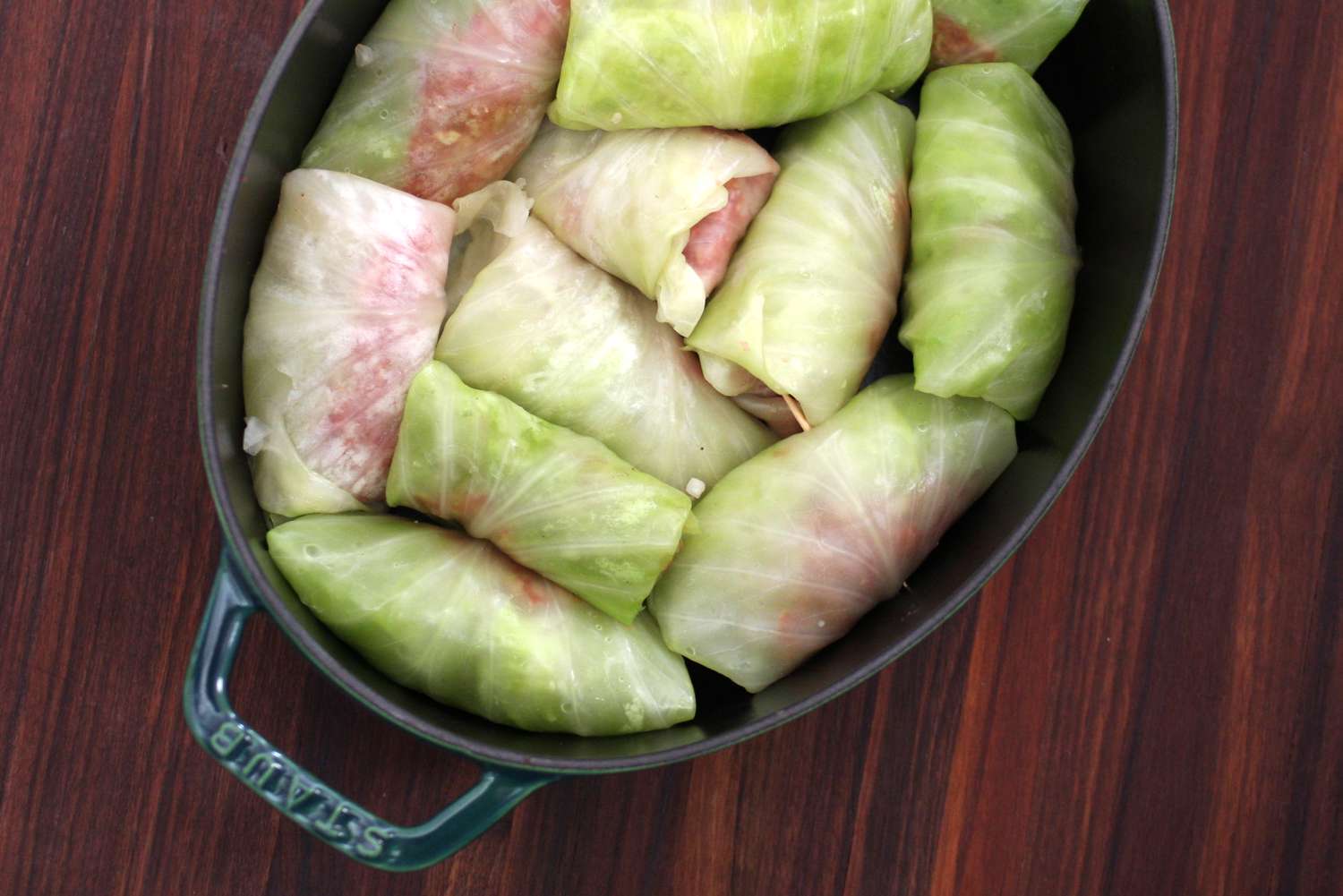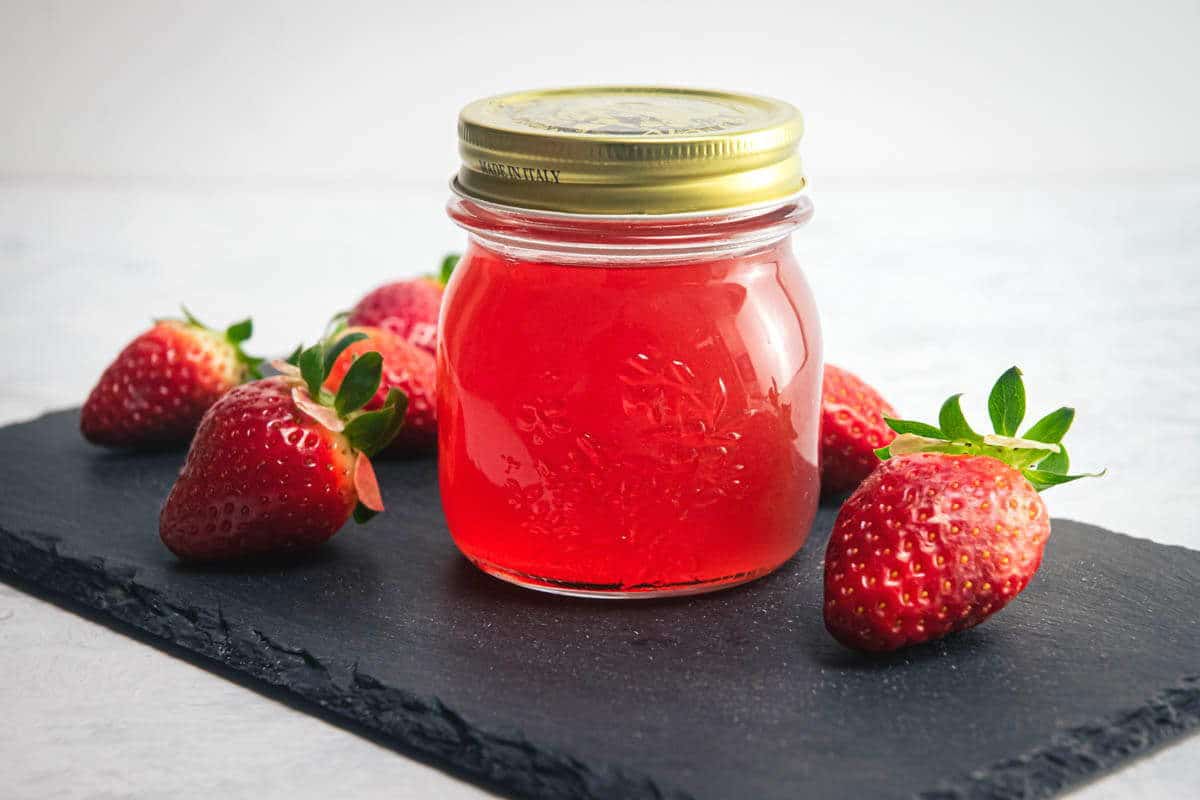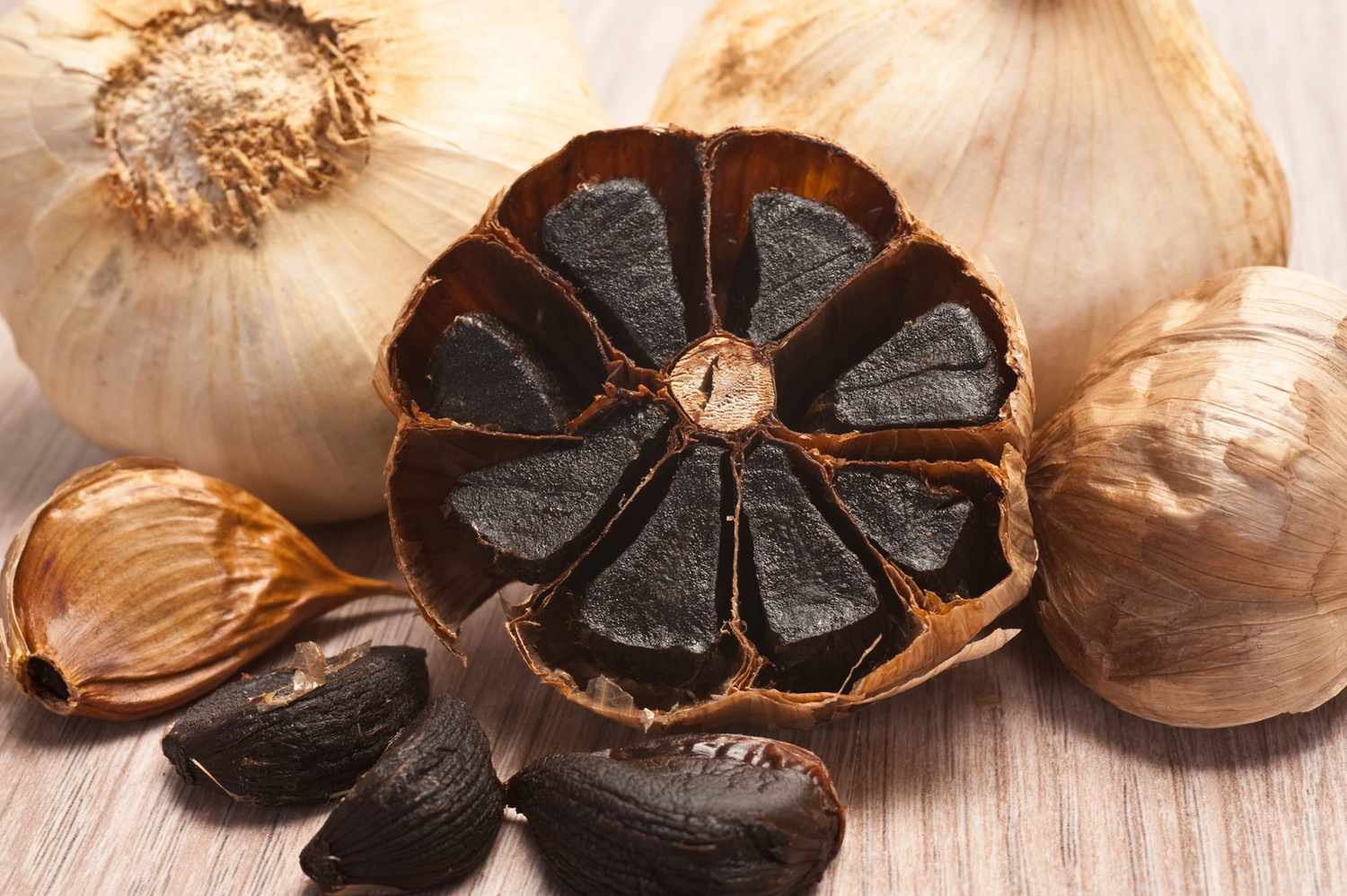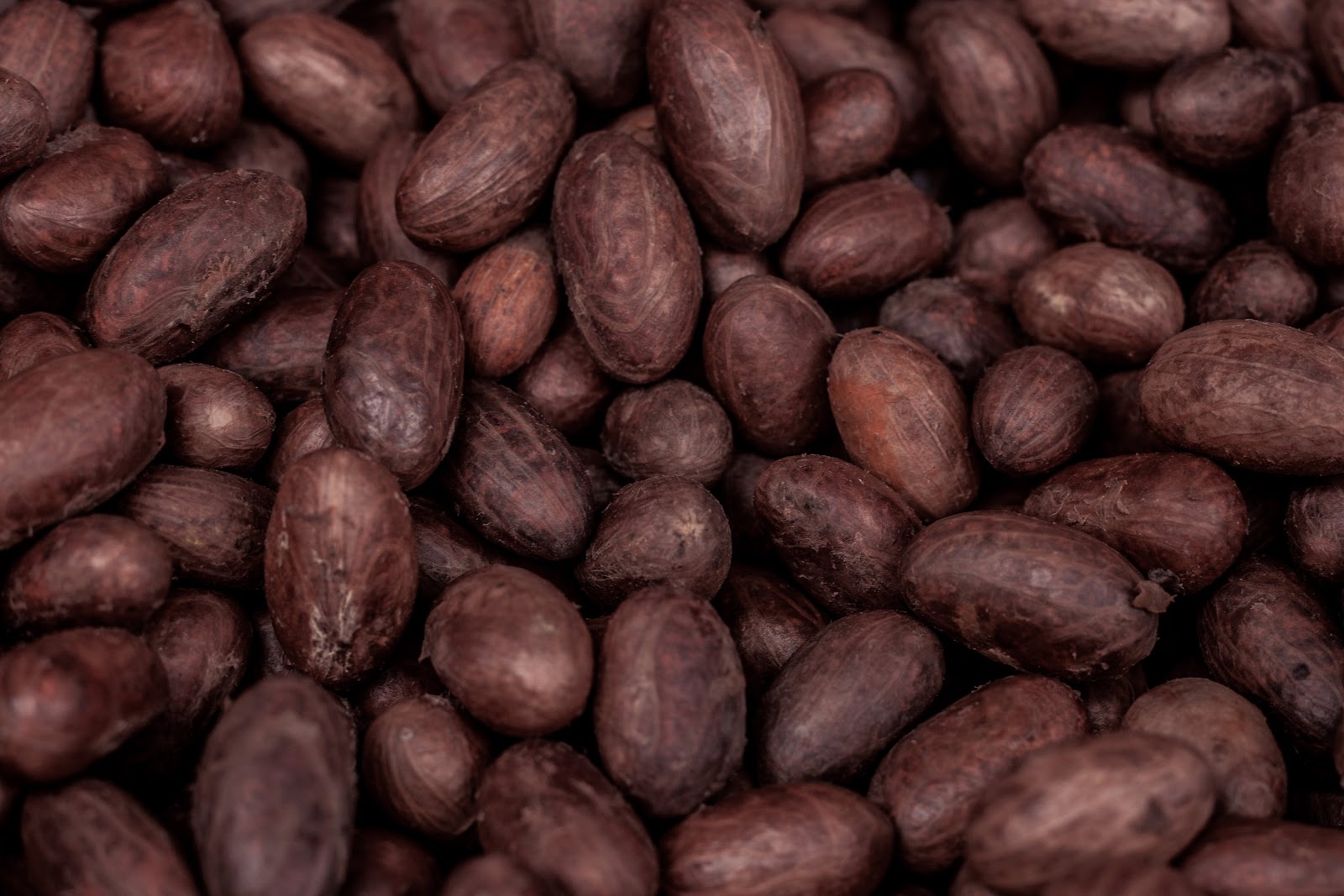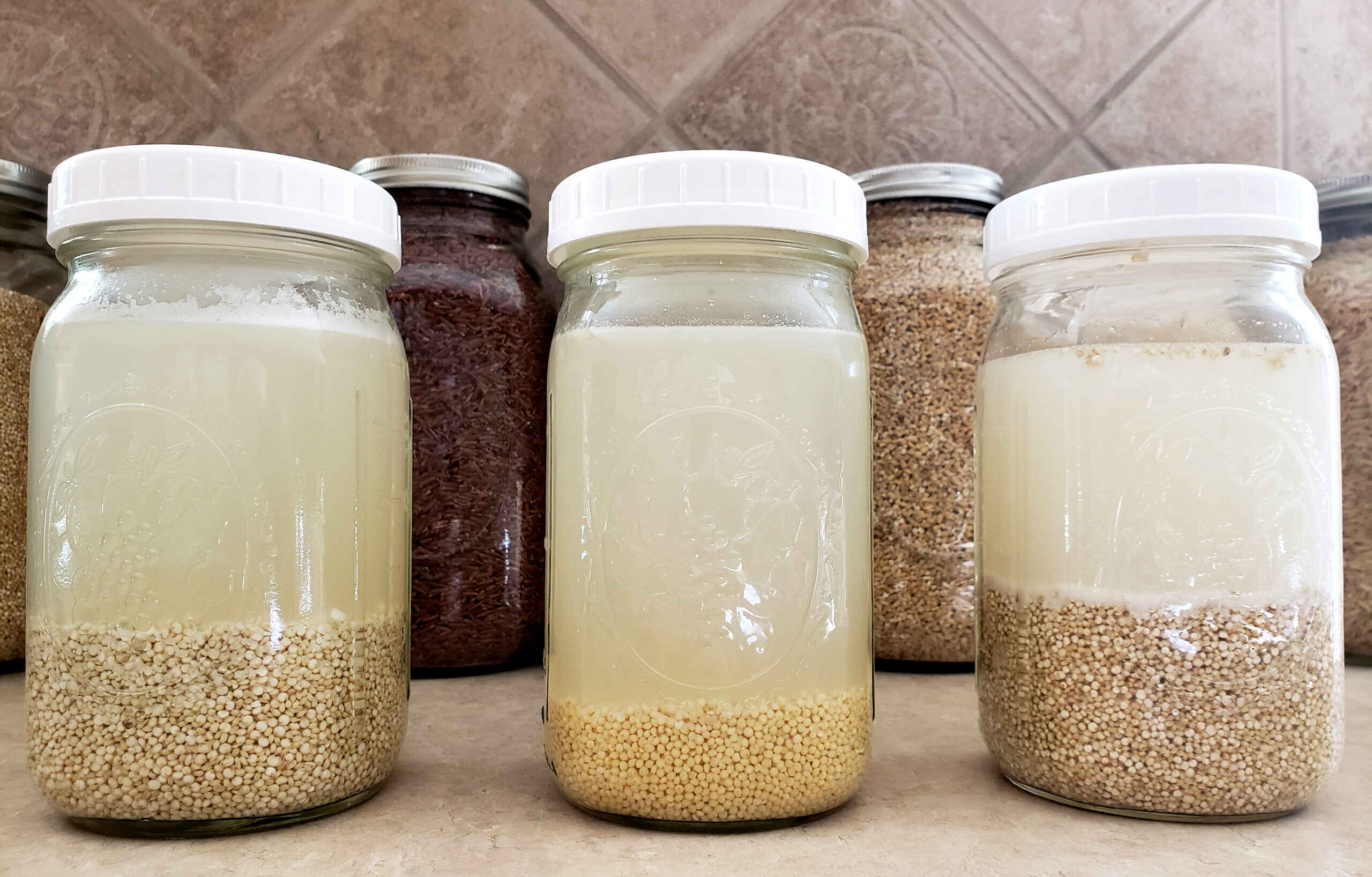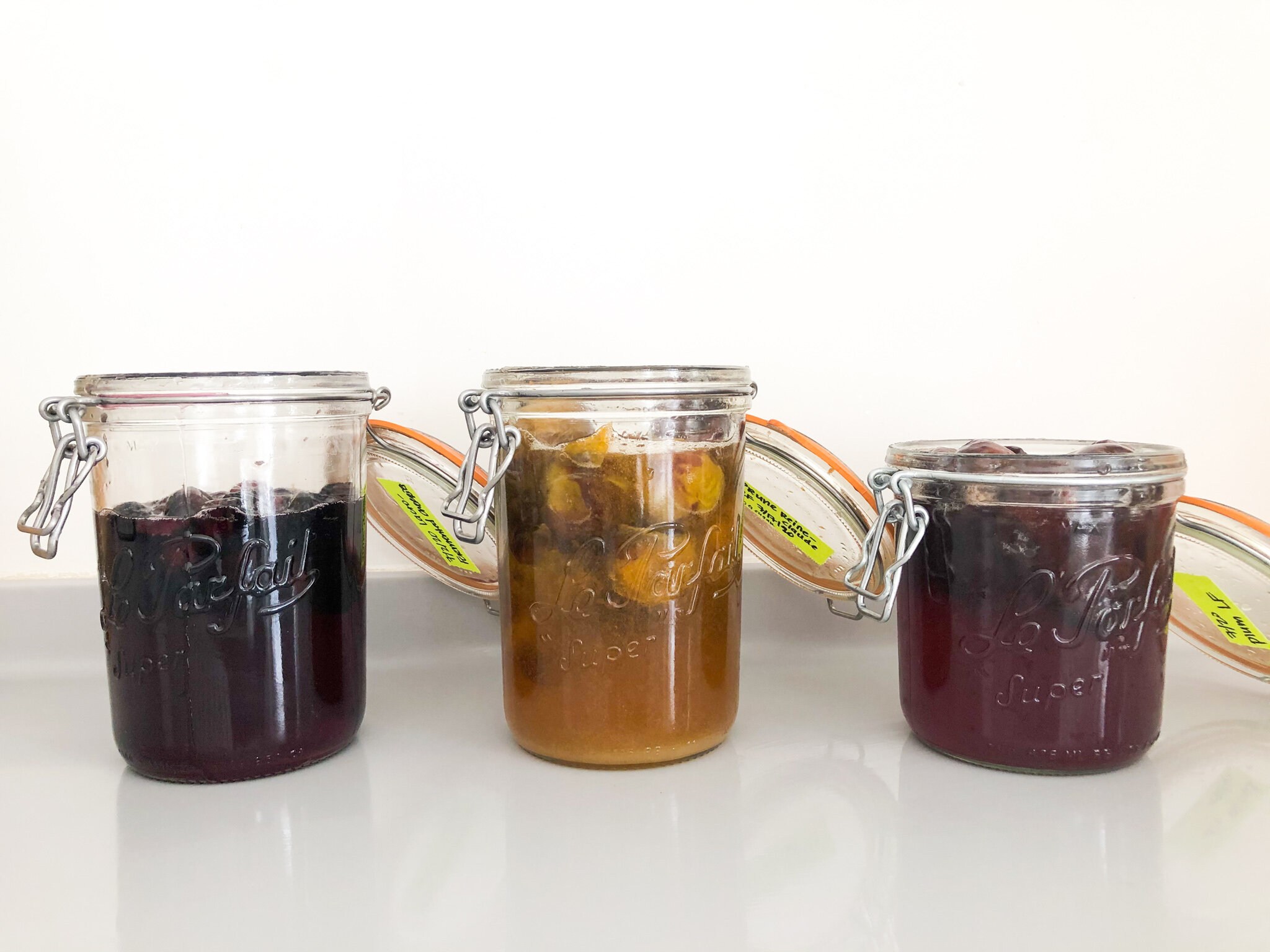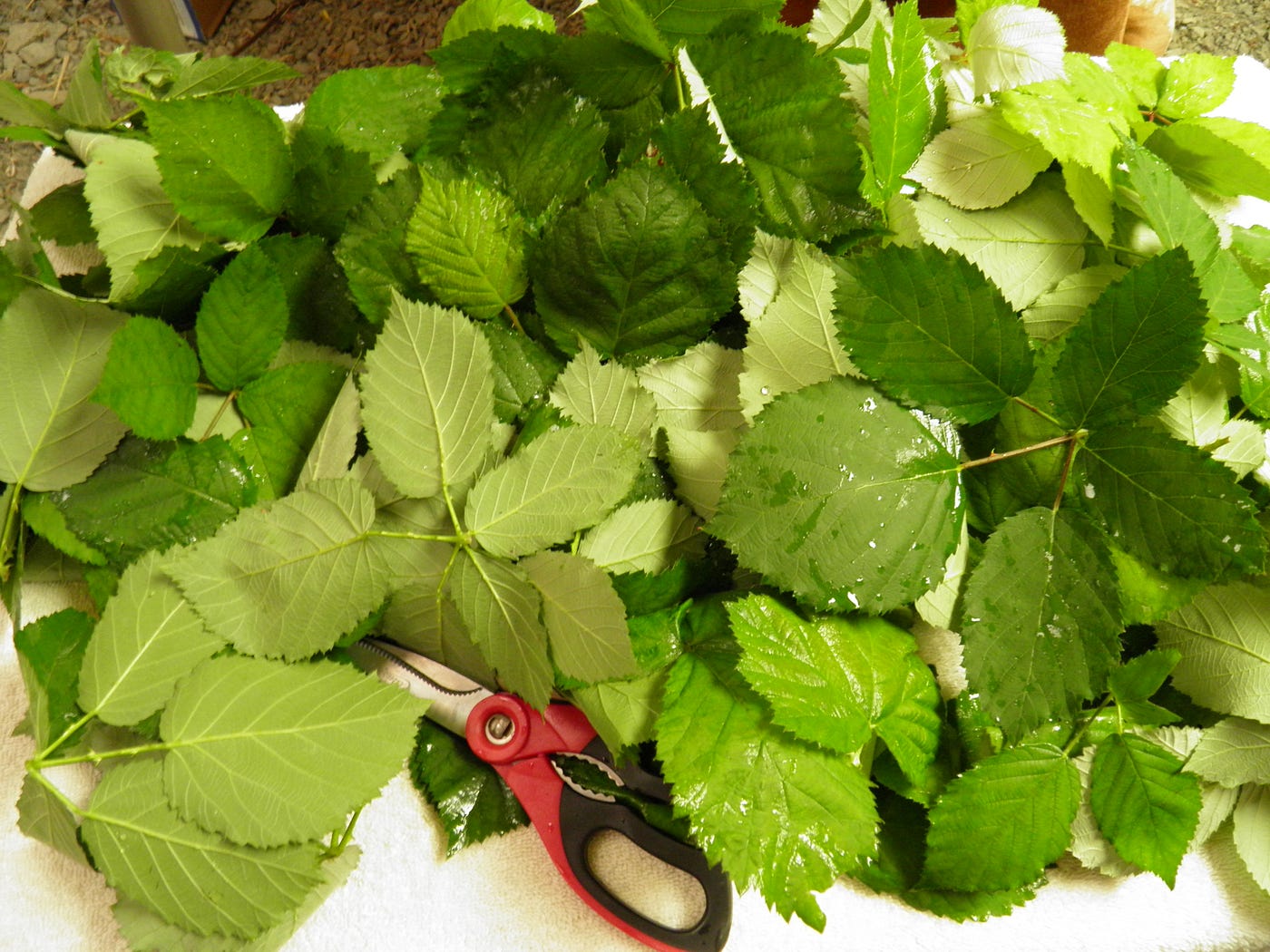Unlocking the Art of Fermenting Apple Cider Vinegar
Welcome to the wonderful world of fermenting apple cider vinegar! If you’re a fan of natural, homemade remedies and delicious culinary creations, then learning how to ferment apple cider vinegar is a must. Not only is it a fun and rewarding process, but it also yields a versatile and beneficial product that can be used in various ways.
What You’ll Need
Before you dive into the fermentation process, it’s important to gather the necessary supplies. Here’s what you’ll need:
- Raw, unfiltered apple cider
- A glass jar or ceramic crock
- Cheesecloth or a coffee filter
- A rubber band or string
- A dark, warm place for fermentation
The Fermentation Process
Now that you have your supplies ready, it’s time to start fermenting your apple cider vinegar. Follow these simple steps:
- Choose the Right Apple Cider: Look for raw, unfiltered apple cider that contains the “mother,” which is a collection of beneficial bacteria and enzymes.
- Prepare the Jar: Clean your glass jar or ceramic crock thoroughly, and make sure it’s completely dry before adding the apple cider.
- Add the Apple Cider: Pour the apple cider into the jar, leaving some space at the top to allow for fermentation.
- Cover and Secure: Place a piece of cheesecloth or a coffee filter over the mouth of the jar and secure it with a rubber band or string. This will allow air to flow while keeping out debris and insects.
- Store in a Dark, Warm Place: Find a dark, warm spot for the jar to sit and ferment. The ideal temperature for fermenting apple cider vinegar is around 60-80°F (15-27°C).
- Wait and Monitor: Let the apple cider ferment for about 3-4 weeks, stirring it every few days. Keep an eye on the color and smell, as these will change as the fermentation progresses.
- Strain and Store: Once the vinegar reaches your desired level of acidity, strain out the solids and transfer the liquid to a clean bottle for storage.
Benefits of Homemade Apple Cider Vinegar
Now that you’ve successfully fermented your apple cider vinegar, you may be wondering about its benefits. Homemade apple cider vinegar offers a range of advantages, including:
- Health Benefits: Apple cider vinegar is known for its potential health benefits, such as aiding digestion, supporting weight management, and promoting skin health.
- Culinary Uses: Use your homemade apple cider vinegar in salad dressings, marinades, and pickling recipes for a flavorful and natural twist.
- Cleaning and Household: Apple cider vinegar can also be used as a natural cleaning agent and deodorizer around the house.
Conclusion
Congratulations, you’ve mastered the art of fermenting apple cider vinegar! Not only have you created a versatile and beneficial product, but you’ve also gained valuable knowledge about the fermentation process. Whether you’re using it for health, culinary, or household purposes, your homemade apple cider vinegar is sure to be a valuable addition to your lifestyle.
So, what are you waiting for? Get ready to enjoy the fruits of your labor and explore the many ways you can incorporate your homemade apple cider vinegar into your daily routine!
Was this page helpful?
Read Next: How To Ferment Lemons
